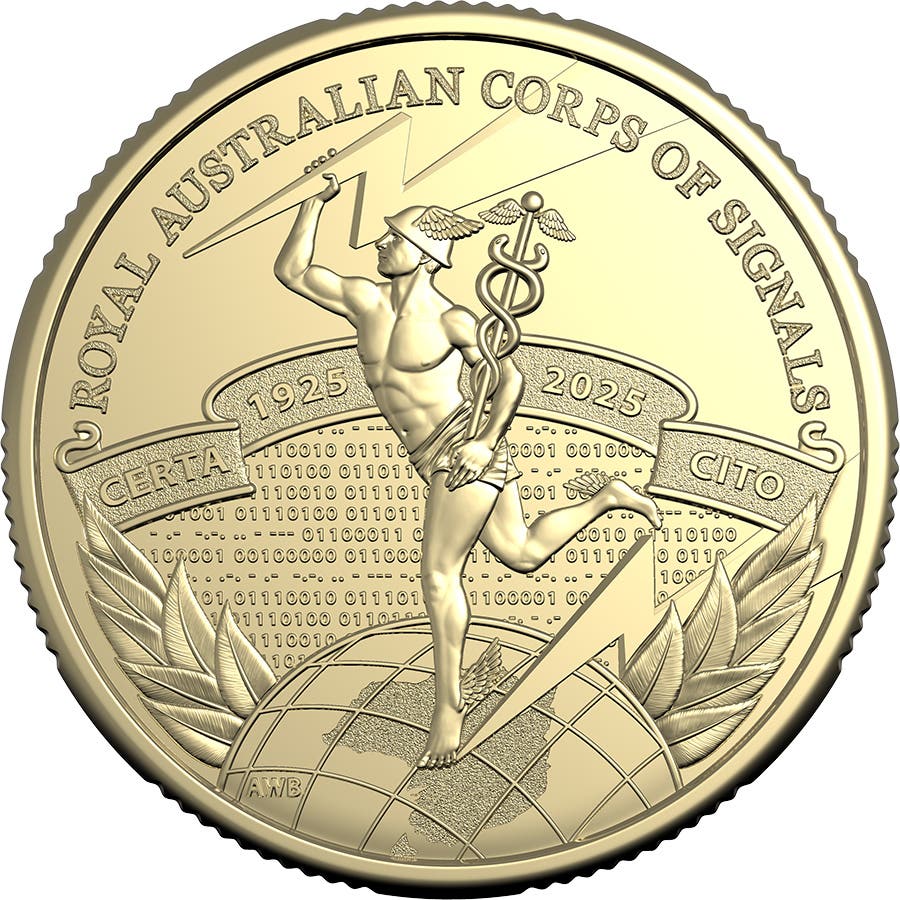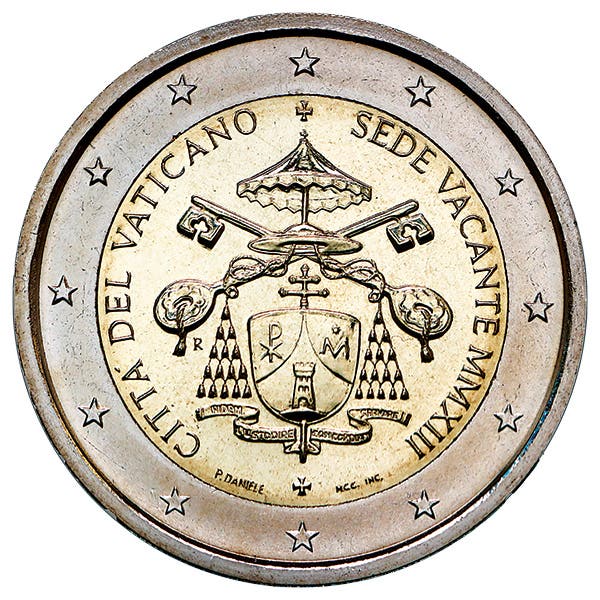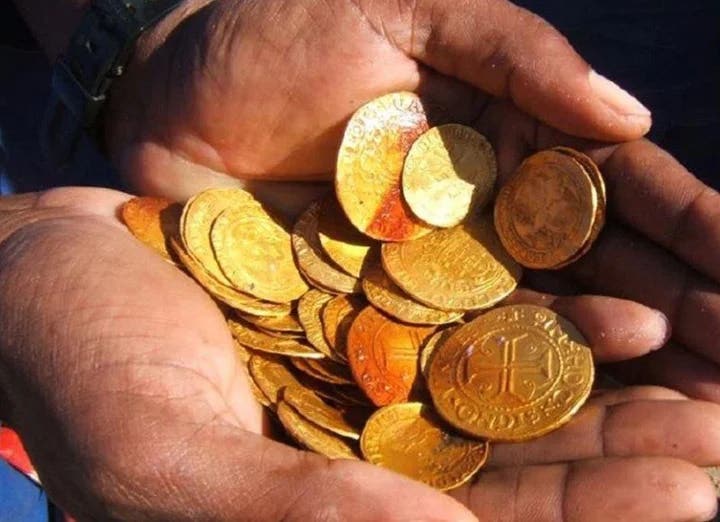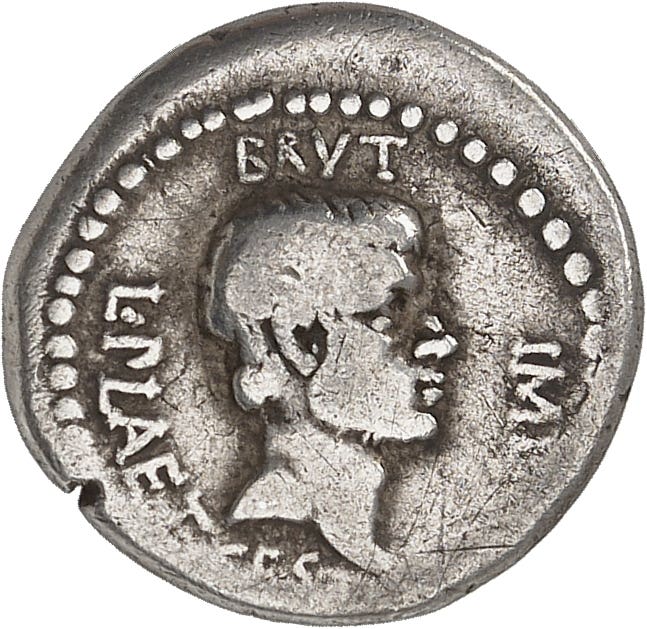Poland discovery 1,000 years old
A rare Islamic silver coin is among the more than 300 coins encountered so far in a find being unearthed by archaeologists throughout the past three years in Stare Czarnow,…
A rare Islamic silver coin is among the more than 300 coins encountered so far in a find being unearthed by archaeologists throughout the past three years in Stare Czarnow, Poland.
Stare Czarnow is a farming village in northwestern Poland in the West Pomeranian Voivodeship. Farmers began unearthing artifacts while plowing, which in 2015 resulted in the professional excavations and research now being conducted by researcher and archaeologist Marcin Dziewianowski.
According to Dziewianowski, “The farmers scattered the treasure in the field for decades.
"We found parts of it in an area measuring 60 meters [196 feet] by 15 meters [49 feet]. We started digging after locals began finding old coins in the field and we became interested in the place.”
Dziewanowski continued, “We managed to find whole Arabian dirham coins and other coins including a very rare one attributed to the Volga-Kama Bulghar tribe,” adding, “A great part of the coins have been partially melted which outlines the use of the treasure. Also fragments of jewelry, earrings, beads, and silver bars were found. I suspect that many interesting items can be still found and much more silver could have been deposited in this place.”
Details are not yet fully available, but it has been reported the site has yielded multiple Islamic dirhams. Dziewianowski’s comment about whole dirhams indicates the coins were not cut to facilitate smaller denominations for change. Trade with both the Byzantine Empire and the neighboring Islamic states was common about 1,000 years ago in Poland. The age of the excavation site is based on both the coins and the artifacts being encountered.
Volga-Kama Bulghar was the first Bulgarian empire, a state that was founded during the late seventh century and lasted until 1019 when it was conquered by the Byzantine Empire. Bulghar coins were struck intermittently during the first empire, these typically being silver issues similar to Samanid dirhams. Bulghar coinage imitating that of the Byzantine Empire rather than those of Islamic states began after 1218 following the establishment of the second Bulgarian empire.
The Volga Bulghars adopted Islam in 922. Vladimir I of Kiev, who was influential in what is now Poland, rejected a proposal to convert to Islam 66 years later, declaring the Rus would not give up drinking wine, which was the “very joy of their lives.” Kievan Rus officially adopted the Orthodox Christian religion.
Poland began issuing its own coins, silver deniers, during the reign of Duke Mieszko I, who ruled between 964 and 992. These coins are similar in weight and design to those being issued at that time in Germany and Bohemia, rather than by the Byzantines or Islamic states. Poland’s first issue depicts a crown on the obverse accompanied by ill-shaped letters reading Misico and a Catholic Christian crown on the reverse.
Mieszko’s successors would issue coins in larger quantities. The majority of the coins circulating in the region during the 10th and 11th centuries consisted primarily of German deniers and pfennigs (Sachsenpfennige) of Saxony (or Polish Sachsenpfennige imitations).
Boleslav I, who ruled Poland from 992 to 1025 issued several coin types including one on which a cock or peacock appears on the obverse, with a three-line legend and triangle on the reverse. Another depicts his portrait and name on the obverse, with a church on the reverse. It was Boleslav who was first crowned king in 1000 by Holy Roman Emperor Otto III.
Experts who have studied the artifacts from the Stare Czarnow site have suggested all the objects found appear to be the treasure of a jeweler or silversmith of about a thousand years ago. A container in which the objects may have been buried has not been found, suggesting the objects were hidden in an organic container that has disintegrated during the millennium since.
This article was originally printed in World Coin News. >> Subscribe today.
If you like what you've read here, we invite you to visit our online bookstore to learn more about Fascinating Facts, Mysteries & Myths About U.S. Coins.
NumismaticNews.net is a participant in the Amazon Services LLC Associates Program, an affiliate advertising program designed to provide a means for sites to earn advertising fees by advertising and linking to Amazon.com and affiliated websites.








